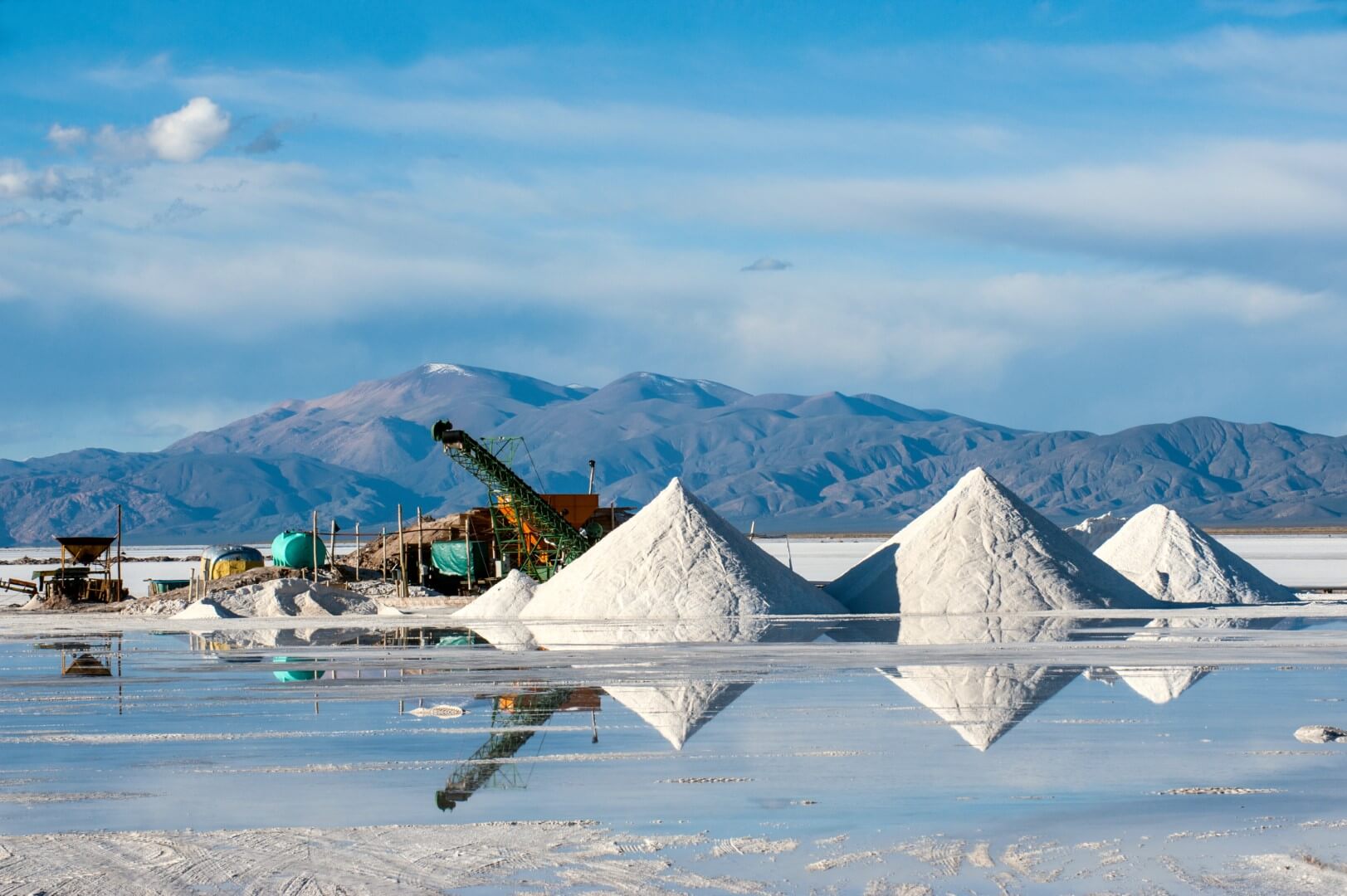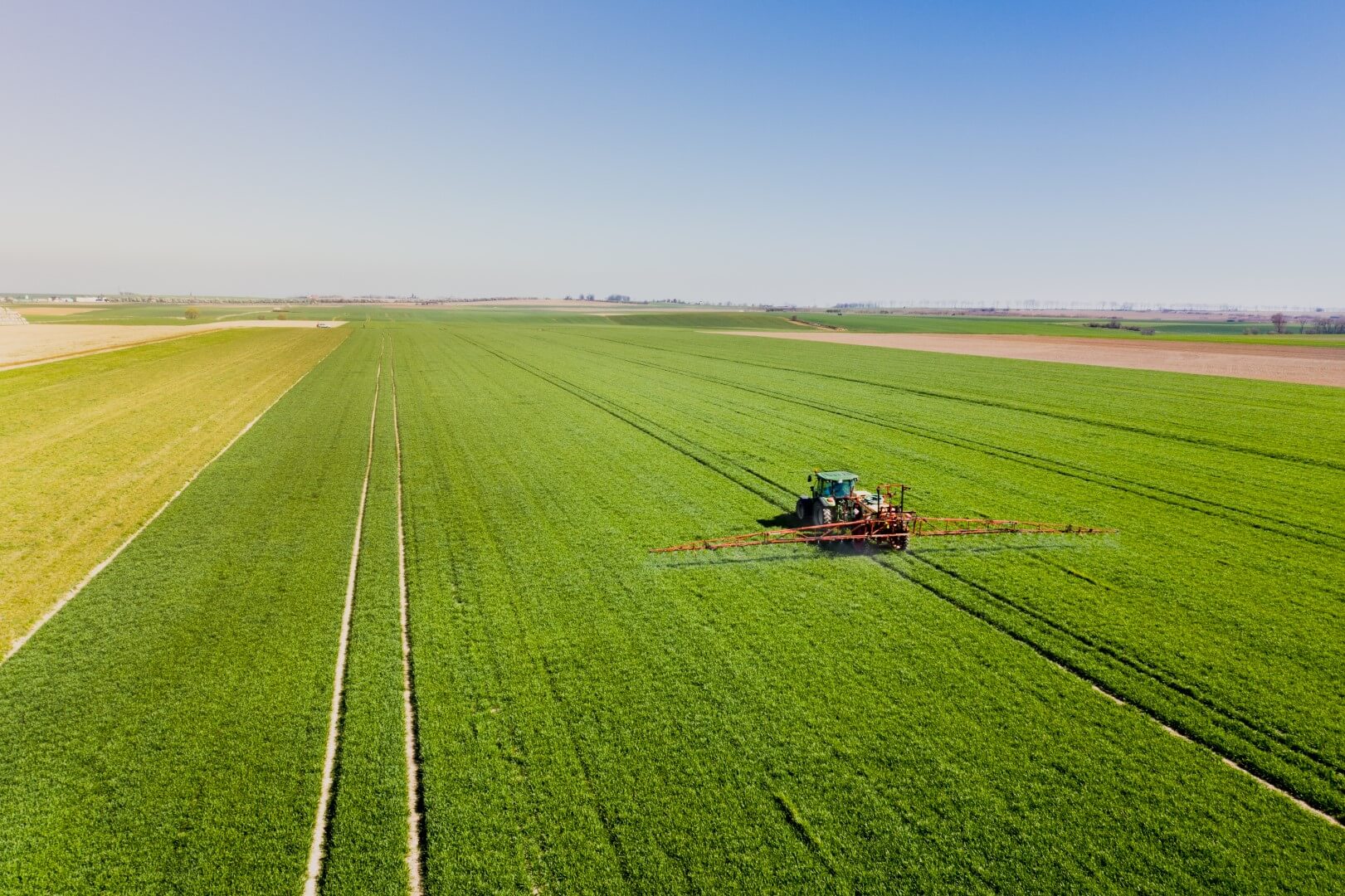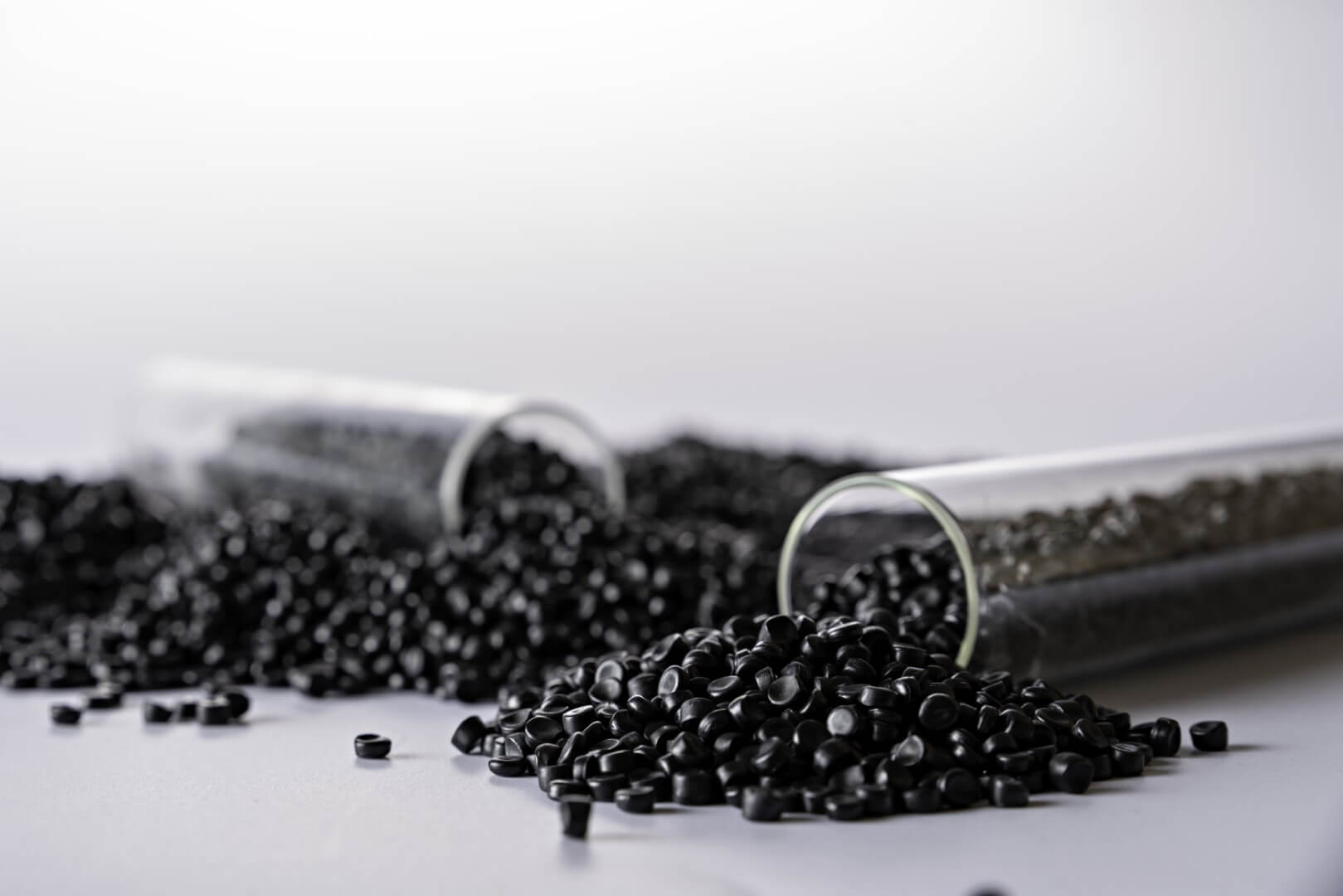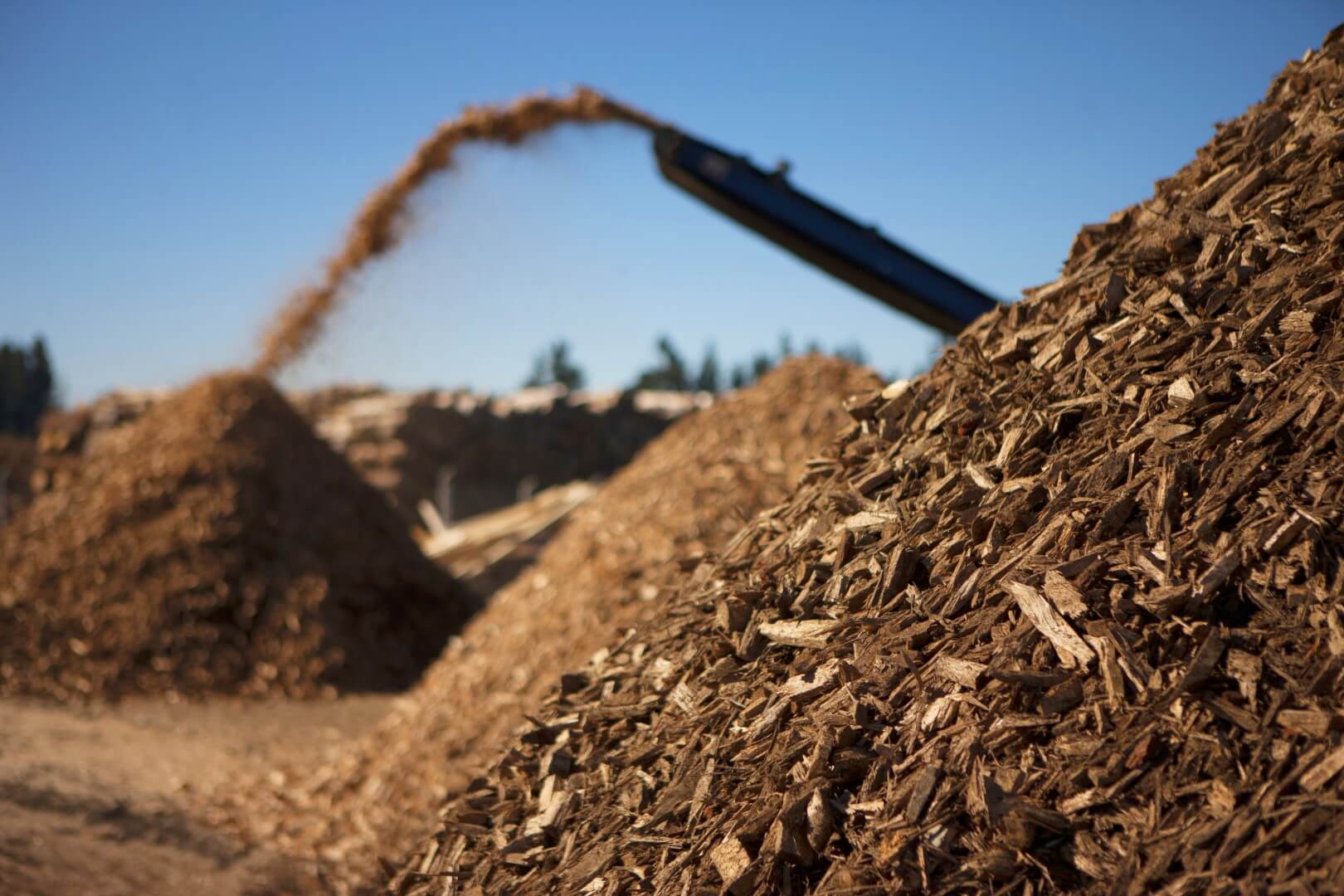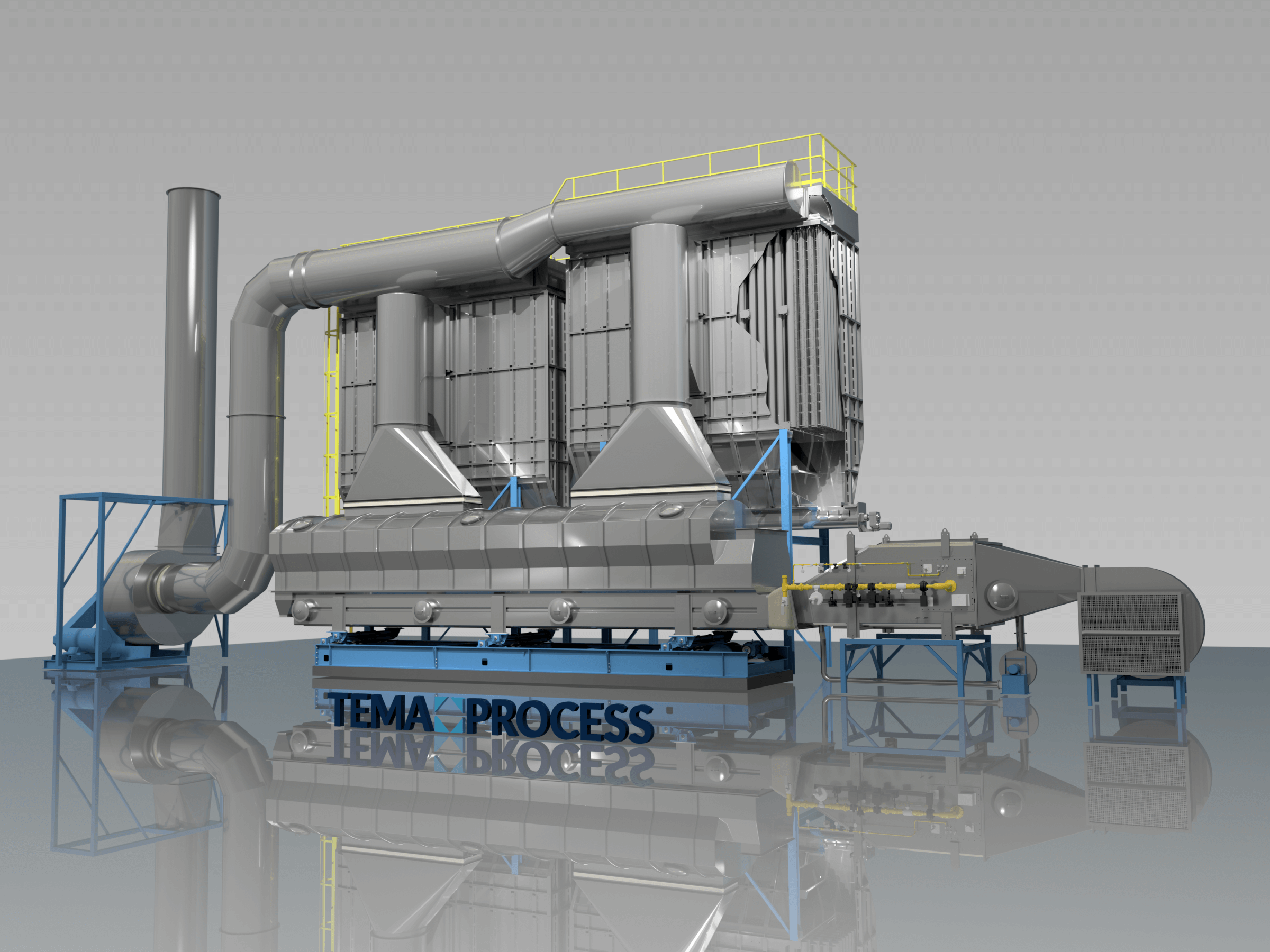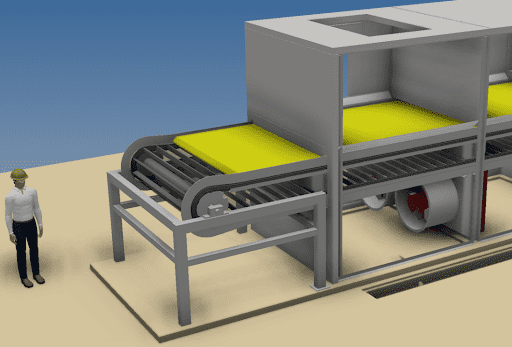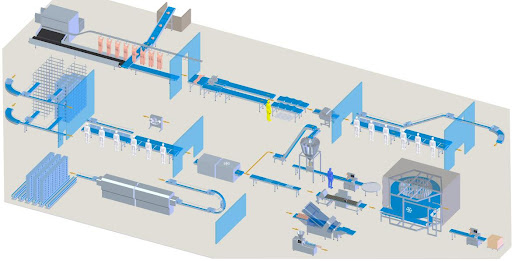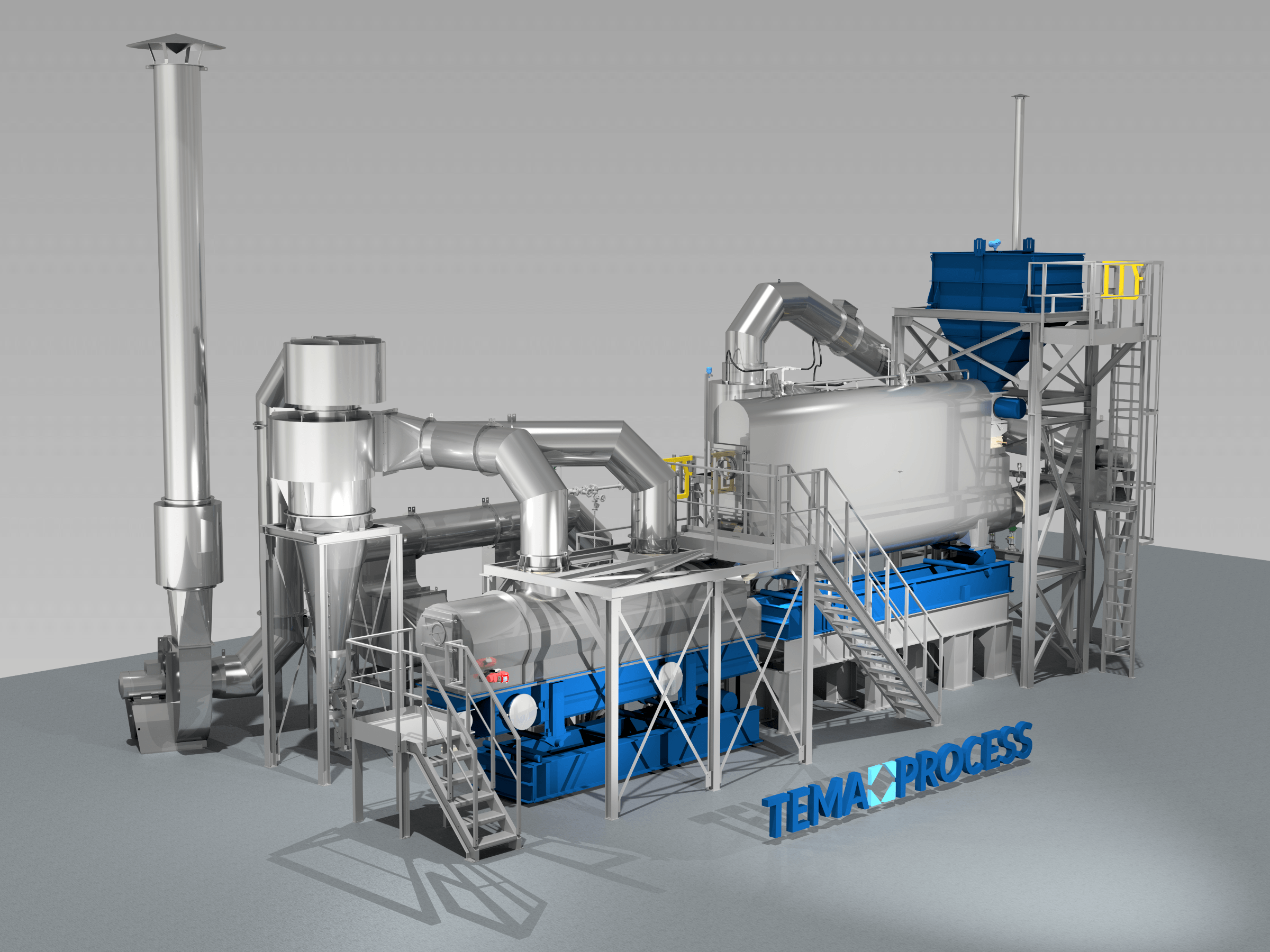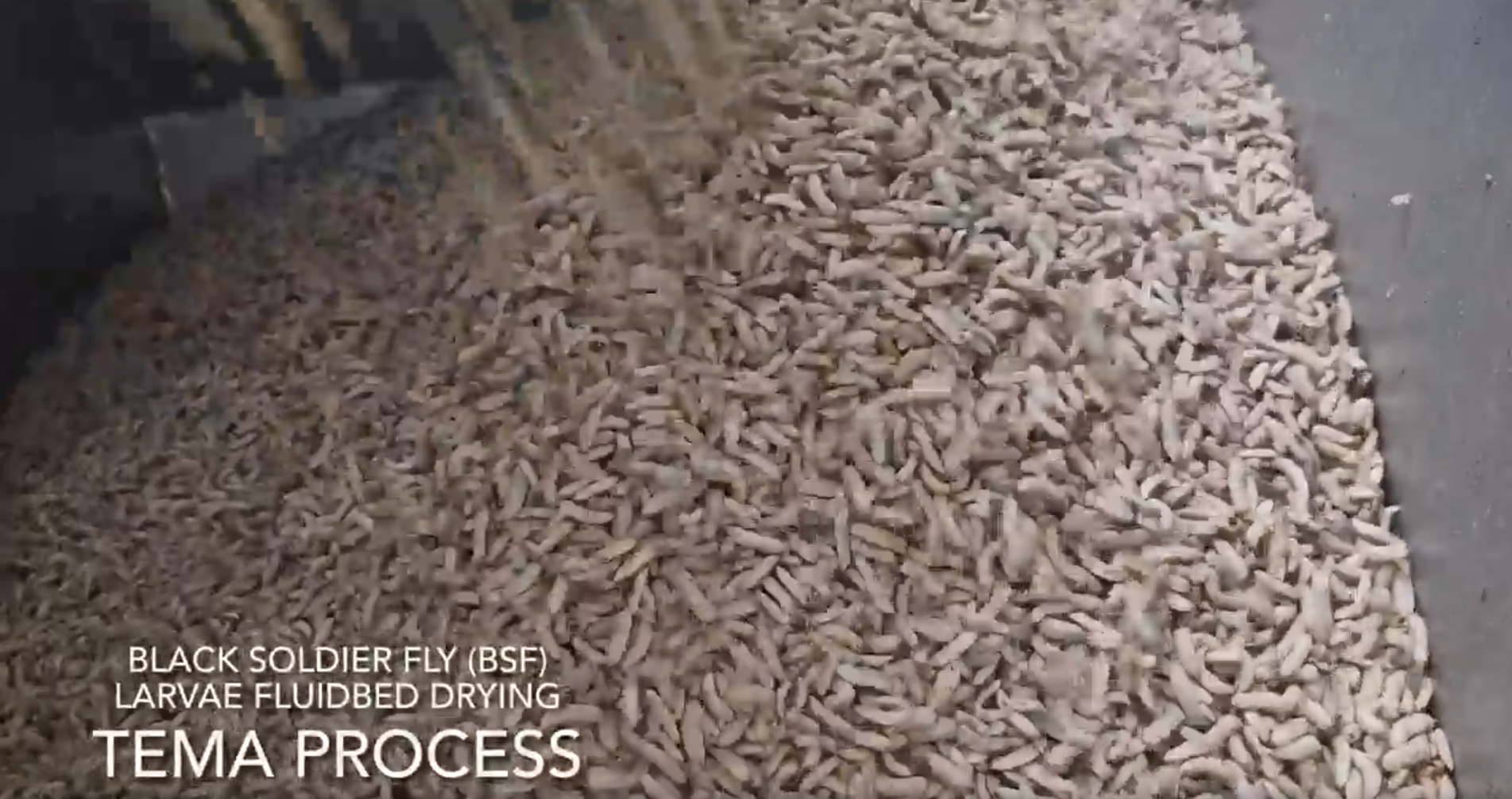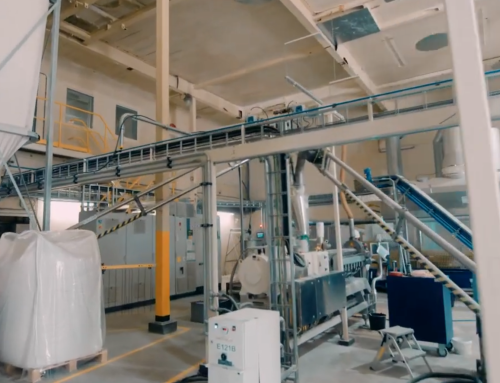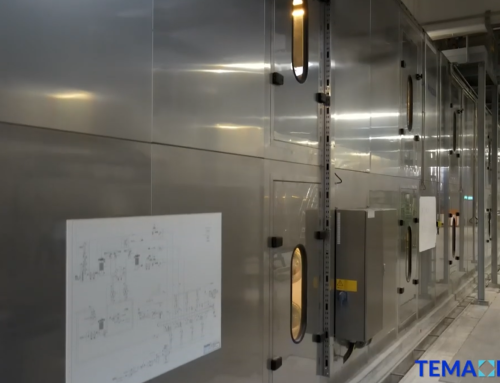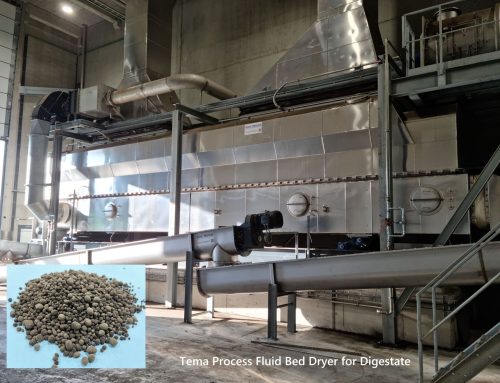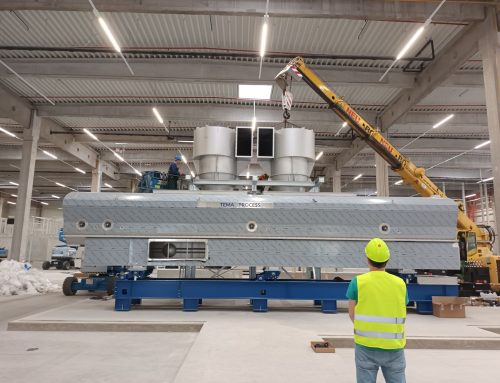Sub-Fluid Bed Dryer for Black Soldier Fly (BSF) Larvae Drying: An Efficient Solution for Insect Protein Processing
The drying of Black Soldier Fly (BSF) larvae is a critical step in the insect protein production process. Proper drying not only ensures product stability but also preserves the nutritional value of the larvae, making them suitable for use in animal feed and pet food. The sub-fluid bed dryer has emerged as an efficient technology for BSF larvae drying due to its gentle yet effective moisture removal capabilities.
What is a Sub-Fluid Bed Dryer?
A sub-fluid bed dryer is a specialized drying system that uses a controlled hot air flow to remove moisture from materials, such as BSF larvae, without fully fluidizing the material. Unlike traditional fluid bed dryers, the airflow in a sub-fluid bed dryer is moderate, creating a semi-fluidized state where the product moves along the drying bed in a controlled manner.
This design prevents excessive particle movement while still allowing for uniform heat transfer and moisture evaporation. The result is a highly efficient drying process, ideal for delicate materials like BSF larvae that require careful moisture removal to maintain product quality.
How the Sub-Fluid Bed Dryer Works for BSF Larvae Drying
The drying process using a sub-fluid bed dryer involves several controlled phases to ensure optimal moisture reduction:
1. Feeding: Fresh BSF larvae with high moisture content (typically 60-70%) are fed into the dryer through a controlled feeding system.
2. Hot Air Introduction: Heated air is introduced from below the drying bed at a controlled velocity, causing partial fluidization of the larvae.
3. Gentle Moisture Evaporation: The hot air flows through the larvae bed, gently evaporating surface and bound moisture. The moderate airflow ensures minimal physical agitation, preventing larvae damage.
4. Continuous Drying: The larvae gradually move along the length of the dryer bed, with drying occurring progressively.
Advantages of Using a Sub-Fluid Bed Dryer
1. Gentle Drying Process:
The reduced airflow compared to traditional fluid bed dryers ensures minimal mechanical stress, preserving the integrity of the larvae while effectively removing moisture.
2. Energy Efficiency:
The controlled drying environment reduces energy consumption by preventing excessive heat loss and optimizing the drying cycle.
3. Uniform Drying:
The semi-fluidized state ensures consistent heat distribution, leading to uniform moisture removal across the entire batch of larvae.
4. High Nutritional Retention:
By preventing overheating, the protein content and essential nutrients in BSF larvae remain preserved, making them ideal for use in high-quality animal feeds.
5. Scalability:
Sub-fluid bed dryers are available in various sizes, making them suitable for both small-scale and large-scale BSF larvae processing operations.
For more information: ke@temaprocess.com

